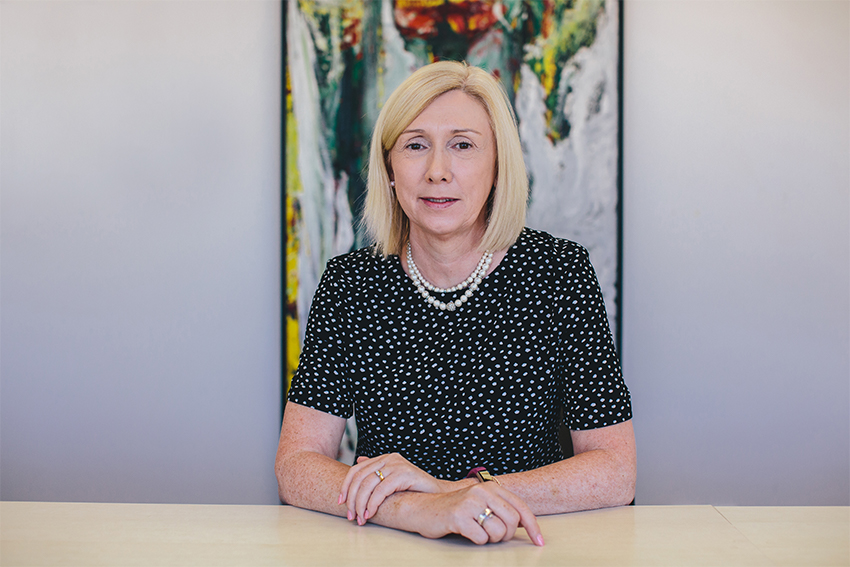Assisted dying and social consequences

A new case study highlights the stigma associated with assisted dying and patients feeling obligated to terminate their own lives prematurely.
In this year’s General Election, New Zealanders will vote in a referendum on the End of Life Choice Act (2019).
“If assisted dying is supported in the upcoming election, it is imperative that it be introduced safely, to support those who want to access it and simultaneously protect our vulnerable populations,” says Dr Rhona Winnington, a lecturer in nursing at Auckland University of Technology (AUT).
Currently, there is not enough detail in the Bill to protect patients and provide adequate wraparound support for family members, she says.
The case study, published today in the New Zealand Medical Journal, reveals first-hand experience of assisted dying (AD) from a relative’s perspective, in a country where it is already legal.
The sole participant in the case study was the partner of a sibling to the patient.
The patient was a highly educated scientist in his mid-70s with a chronic and progressive illness. The decision to pursue AD was only discussed between the patient and his wife. The siblings were given two weeks to prepare for the date of death. They were explicitly told not to tell anyone else, including their partners.
An in-depth interview was conducted with the participant 12 months after the death occurred. Three key themes emerged from the interview – (1) the stigma associated with using AD, (2) the expectation for people who are unwell to pursue AD, and (3) a potential contagion effect.
The findings highlighted the notion of stigma being associated with the patient who chooses assisted dying, and the family left behind.
Dr Winnington, a registered nurse and sociologist, was the lead author of the paper.
Judgement can occur on both sides of AD legislation, with doctors and nurses being stigmatised whichever decision they make regarding service provision.
“Assisted dying remains contentious even when it is legal, as demonstrated by the secrecy surrounding the patient’s death,” she says.
The family wanted it to appear as if the patient had died naturally.
The participant said, ‘they were fearful of judgement’.
Despite the secrecy, the participant raised concerns that AD may be ‘infectious’, as they knew of three extended family members who had used the legislation in a short time.
The potential for a contagion effect is consistent with previous research, where exposure to the idea of AD can lead others to seek such assistance.
Dr Winnington says, “The effects of AD legislation would require close and transparent monitoring to avoid this outcome”.
The case study also offered insights into assisted dying becoming an expectation.
The right-to-die is a slippery slope, where some patients may feel obligated to terminate their lives prematurely, especially when their care becomes too difficult or expensive.
In the Netherlands, assisted dying is becoming the most prevalent mode of death for patients with cancer.
“AD sets a precedent around suffering and even the value of living. In a family that has individuals with chronic health issues, I’m thinking of what they will face a few years from now. They will have to make a decision about their value to society,” said the participant.
There appears to be a shift in where the burden lies.
Dr Winnington says, “Despite the potential to alleviate suffering, AD also has the potential to turn death into a duty for those of frail status, with societal expectations that caring for our dying is burdensome and pointless”.
Although this is a single case, it offers some evidence as to the reality of AD legislation and the issues being faced at a grass roots level.
“AD has the potential to fracture family and community structures, thereby changing the supportive and intimate nature of New Zealand’s social landscape,” says Dr Winnington.
“As we move towards a referendum, further study is required to investigate whether a contagion effect is possible, and how we as a society negotiate a conflicted pathway that is further complicated by prejudice, judgement and stigma.”